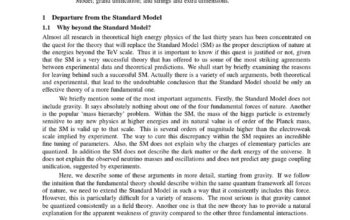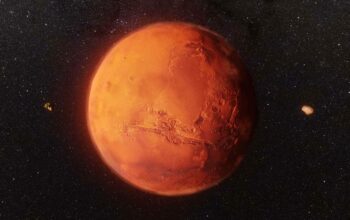The cosmos, a grand tableau of enigmatic entities, often bemuses scientists who endeavor to unravel its complexities. Among the myriad of substances that punctuate cosmic landscapes, one of the most compelling discoveries in astronomy has been the identification of buckyballs, or fullerene molecules, in interstellar space. These carbon-60 structures, resembling a spherical soccer ball, offer a window into both the physics of the universe and the interstellar chemical processes that govern it.
Buckyballs, or C60, are elegant molecules composed exclusively of carbon atoms arranged in a unique configuration of pentagons and hexagons. Their structure imparts remarkable stability and resilience, attributes that enable these molecules to endure harsh conditions in space. The journey of these molecules from terrestrial laboratories to the vast expanses of the universe illuminates a compelling narrative that bridges the realms of chemistry, astrophysics, and even the origins of life’s building blocks.
Discovery of buckyballs in space is akin to finding an exquisite gemstone that has been polished by the cosmic winds of time. The first unambiguous identification of fullerene in the universe occurred in 2010, when the Spitzer Space Telescope captured spectral signatures indicative of these molecules within a planetary nebula known as Tc 1. The presence of buckyballs in such a locale emphasizes their formation processes in stellar environments, wherein carbon-rich stars eject material enriched with complex organic compounds into the interstellar medium.
Subsequent explorations have revealed that buckyballs are not simply limited to specific star-forming regions; they occur in various cosmic locales, including protoplanetary disks where new stars are born. This ubiquitous distribution elevates their importance in the field of astrochemistry, raising probing questions: Could these molecules play a role in the delivery of organic precursors essential for the emergence of life on planets forming within these disks?
The superficial beauty of buckyballs belies their intricate chemistry, inviting a comparison to a masterfully woven tapestry. Each molecule serves as a nexus for potential reactivity, capable of forming a plethora of derivatives upon interacting with other cosmic materials. The implications of this reactivity extend beyond mere curiosity, as scientists speculate that these compounds may participate in the synthesis of more complex organic molecules within the dark clouds of the interstellar medium.
The existence of buckyballs in such inhospitable environments raises profound questions about the evolutionary pathways of matter in the universe. The interplay of conditions surrounding star formation—involving temperature fluctuations, radiation fields, and interactions with other molecules—serves as a crucible for innovation. Herein lies the intellectual allure: the notion that life’s complex chemistries could be commenced in the deep expanse of space, where the mysterious dance of atoms and molecules unfolds under the watchful gaze of cosmic forces.
In contrast, the phenomenon of buckyballs also presents noteworthy implications for our comprehension of the universe’s physical makeup. Their robust construct hints at the prevalence of carbon-based chemistry in environments previously deemed inhospitable to complex molecules. In essence, the mere presence of fullerene facilitates a reevaluation of the boundary conditions of material stability in extreme astrophysical environments, reinforcing the significance of carbon as a ubiquitous element in the universal narrative.
Moreover, the existence of buckyballs in space might bridge interconnected disciplines, forging a nexus between astronomy and nanotechnology. Researchers have unearthed intriguing uses for these particles in various applications on Earth, ranging from drug delivery systems to potential roles in advanced materials science. The implications of harnessing such extraterrestrial entities transcends cosmic curiosity and embarks on a path toward practical applications. Mimicking the intricate pathways astrobiology could offer us transformative technologies that echo the wisdom of universal formations.
Furthermore, as telescopes improve in sensitivity and resolution, it is plausible that the catalog of cosmic discoveries will expand to include myriad complex molecules, culminating in an enhanced understanding of the prebiotic chemistry that serves as the genesis of life. Investigations into how environmental conditions in outer space dictate the formation and survival of extraordinary molecules is not merely an academic pursuit; it embodies a quest to understand our own origins within a broader cosmological context.
In summary, the discovery of buckyballs among the stars signifies a remarkable union of fundamental science and speculative inquiry. The elegant structure of these carbon-based molecules opens avenues of exploration that transcend conventional astrophysics, delving into the very fabric of life’s existence. As researchers ceaselessly investigate the cosmos, it becomes paramount to appreciate these diminutive molecules not just as scientific anomalies but as reminders of the interconnectedness of all matter and the sheer magnificence of the universe’s chemistry. Each buckyball discovered represents more than a simple entity; it symbolizes a link in the sprawling chain of cosmic evolution, igniting an enduring fascination with the wonders of our universe.











